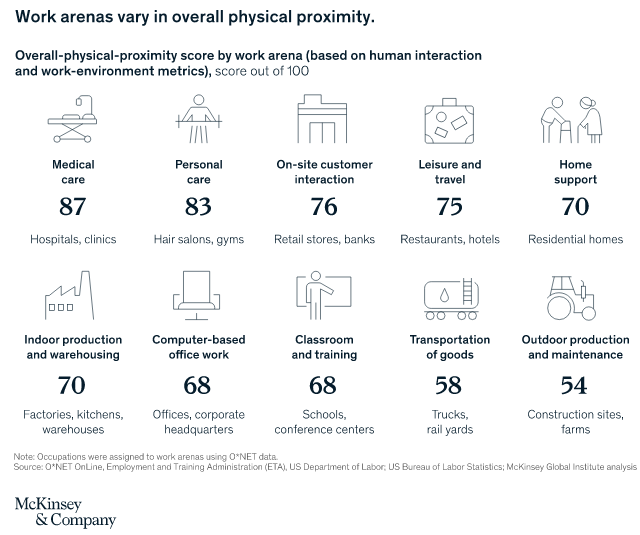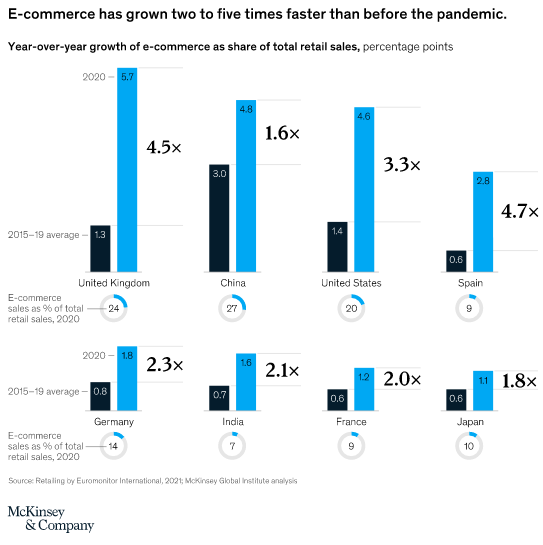The Virtual Future: The Emergence And The Future Of Work From Home

How the Pandemic Shattered the Technological, Cultural & Psychological Barriers That Did Not Allow Remote Work Before
It will not be an exaggeration to say that the virus has shattered cultural and technological barriers that earlier prevented remote work in the past, setting in a major shift in where work happens, at least for some workers.
However, more than 50 percent of the workforce had almost zero opportunity to work remotely. Some jobs need coordinating with others or using specialised equipment or machinery.
There are also challenges when it comes to shifting to digital remote work. Microsoft’s Work Trend Index survey in 2021 revealed that communications with others have reduced other than interactions with immediate team or close network. Nearly 38 percent of workers in Malaysia experienced significantly decreased interactions with coworkers after moving to remote work.
Many of these jobs are low-paying and riskier due to widespread trends such as automation and digitalisation. Thus, remote work may exacerbate inequality at the social level.
The Pandemic has Triggered Three Major Trends that might reshape Work in the future
The pandemic has prompted businesses and consumers to quickly adopt new, more sustainable behaviours by reversing the trajectories of three broad trends.
Work from home and virtual meetings are likely to continue but in a hybrid structure
Faster Adoption of Technology
Accelerated growth of the E-Commerce industry
Remote work reduced commercial travel during the pandemic as the widespread use of video conferencing created new acceptance for virtual communication.
Although travel and tourism are likely to recover from the crisis, it is believed that around 20 percent of business travel, the airline’s most lucrative sector, may never return. This will significantly impact the commercial aerospace industry, airports, hospitality, and catering. On the other hand, e-Commerce and other virtual transactions are developing rapidly.
During the pandemic, many consumers have found the convenience of e-Commerce and other online transactions. In 2020, the e-Commerce industry grew two to five times faster than before COVID-19.
A Hybrid Work model that Combines some Remote work with Office work is Possible
For many workers, it is possible to do some of the daily activities remotely, while the remaining tasks require their physical presence on site.
A survey report by JobStreet on Malaysia revealed that out of five employees working pre-COVID-19, one was removed, and around 13 percent remained employed.
Out of the employed workers during the pandemic, 9 out of 10 faced the brunt of the outbreak. Of all the actively operating companies, 67 percent required their employees to work remotely.
Photo credit: Marcus Aurelius from Pexel.











